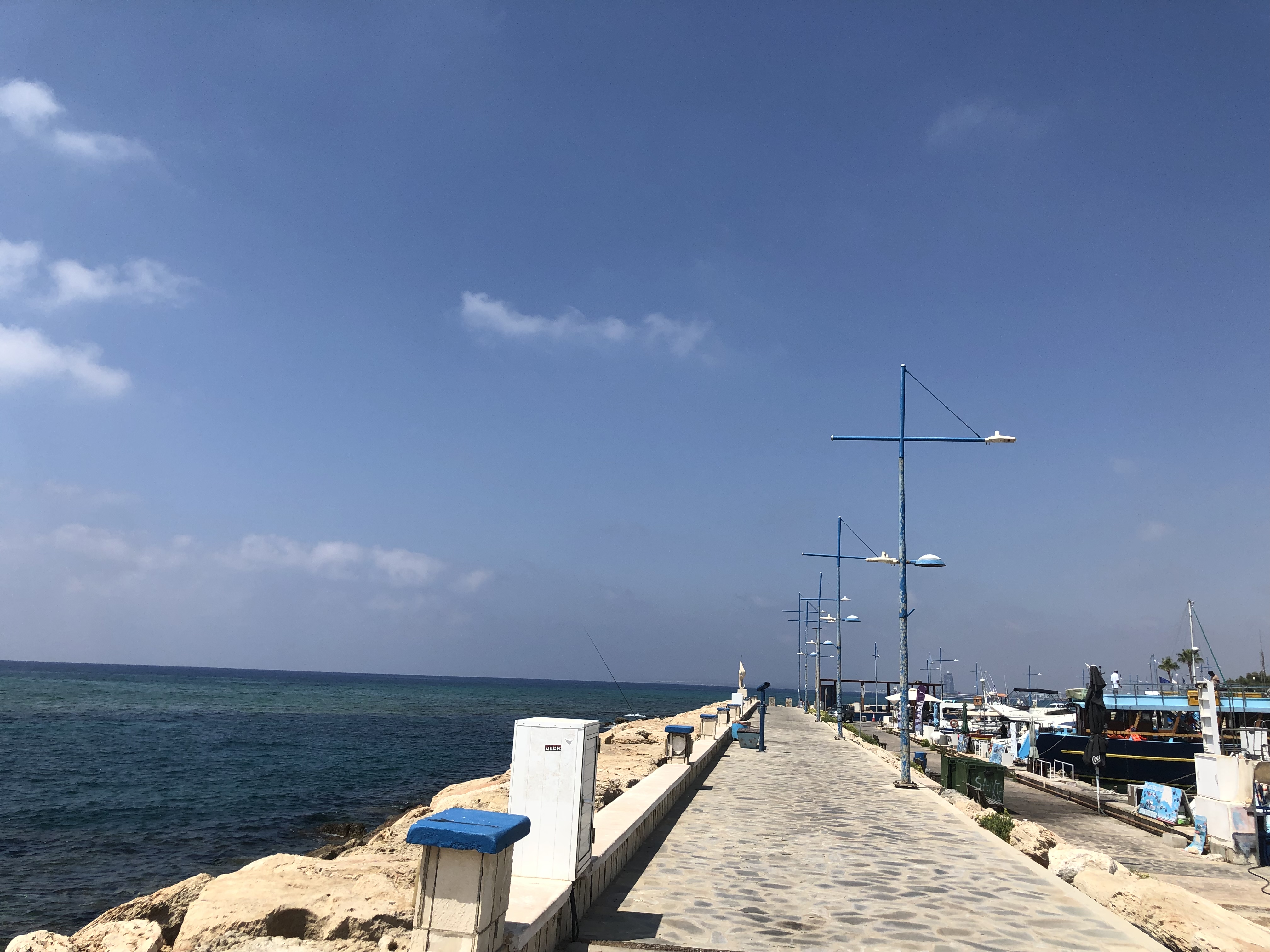Sansi LED: Sustainable LED Lighting and Integrated LED Display
Delivering premium and professional LED Display, LED Lighting, Smart City Integration solutions, trusted by over 60,000 companies worldwide everyday. From industrial lighting to commercial lighting, from outdoor advertising to XR & VR production, Sansi LED greatly improves the quality and sustainability of your business with 30 years of expert experiences.
Coastal areas have unique geographical and climatic conditions, which result in distinct characteristics in road lighting construction. This blog aims to analyze the features of road lighting in coastal areas and explore the application of LED lighting fixtures in such environments.
Due to the proximity to the ocean, coastal areas are affected by sea winds that carry salt spray and moisture, leading to corrosion and damage to road lighting facilities. Therefore, when it comes to road lighting in coastal areas, the corrosion resistance of the equipment must be taken into consideration. LED lighting fixtures, as a new type of lighting device, possess excellent corrosion resistance, making them suitable for the complex environment of coastal areas.

Coastal areas often experience low visibility at night, especially in inclement weather conditions such as rain and fog. As a result, road lighting in coastal areas requires high brightness to provide sufficient illumination. Traditional lighting devices such as incandescent and fluorescent lamps have the drawbacks of low efficiency and short lifespan, making them unsuitable for the task. On the other hand, LED lighting fixtures offer high brightness and efficiency, providing ample illumination with less energy consumption, making them well-suited for coastal areas.
Due to strong sea winds, road lighting fixtures in coastal areas need to be securely mounted on poles to prevent tilting or damage caused by wind forces. LED lighting fixtures are typically designed to be lightweight with a robust structure, allowing them to effectively withstand the influence of wind and maintain stability.
LED lighting fixtures also exhibit significant advantages in terms of energy efficiency and environmental friendliness. Compared to traditional lighting devices, LED lighting fixtures have higher energy conversion efficiency and longer service life, resulting in reduced energy consumption and waste generation. This aspect holds particular importance in coastal areas for protecting marine ecosystems. Therefore, the widespread use of LED lighting fixtures presents a sustainable choice.
In summary, road lighting in coastal areas has unique requirements, including corrosion resistance, high brightness, wind resistance, and energy efficiency. LED lighting fixtures, as an emerging lighting technology, excel in these aspects, meeting the lighting demands of coastal areas effectively. With the continuous development and maturity of LED technology, the extensive application of LED lighting fixtures in coastal areas will provide higher-quality solutions for road lighting.
-
NO DATA
